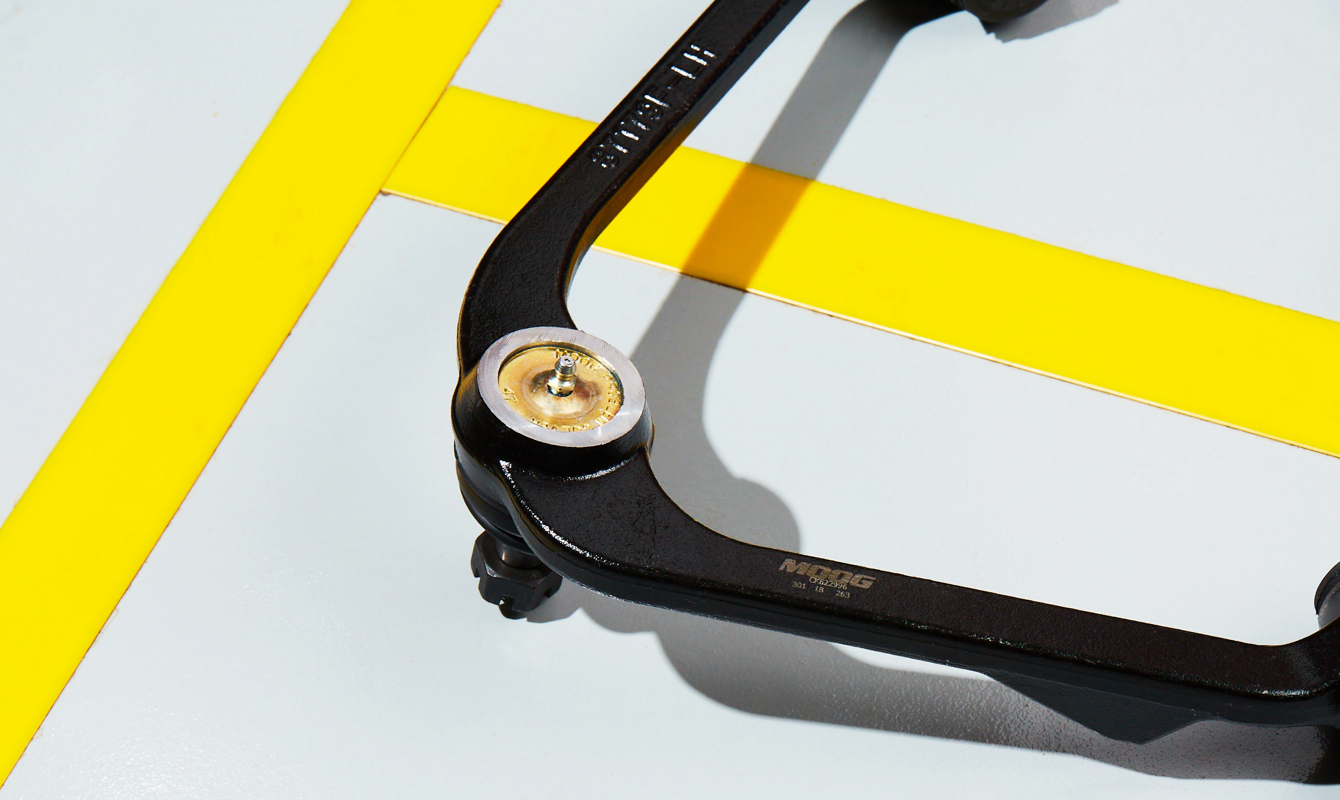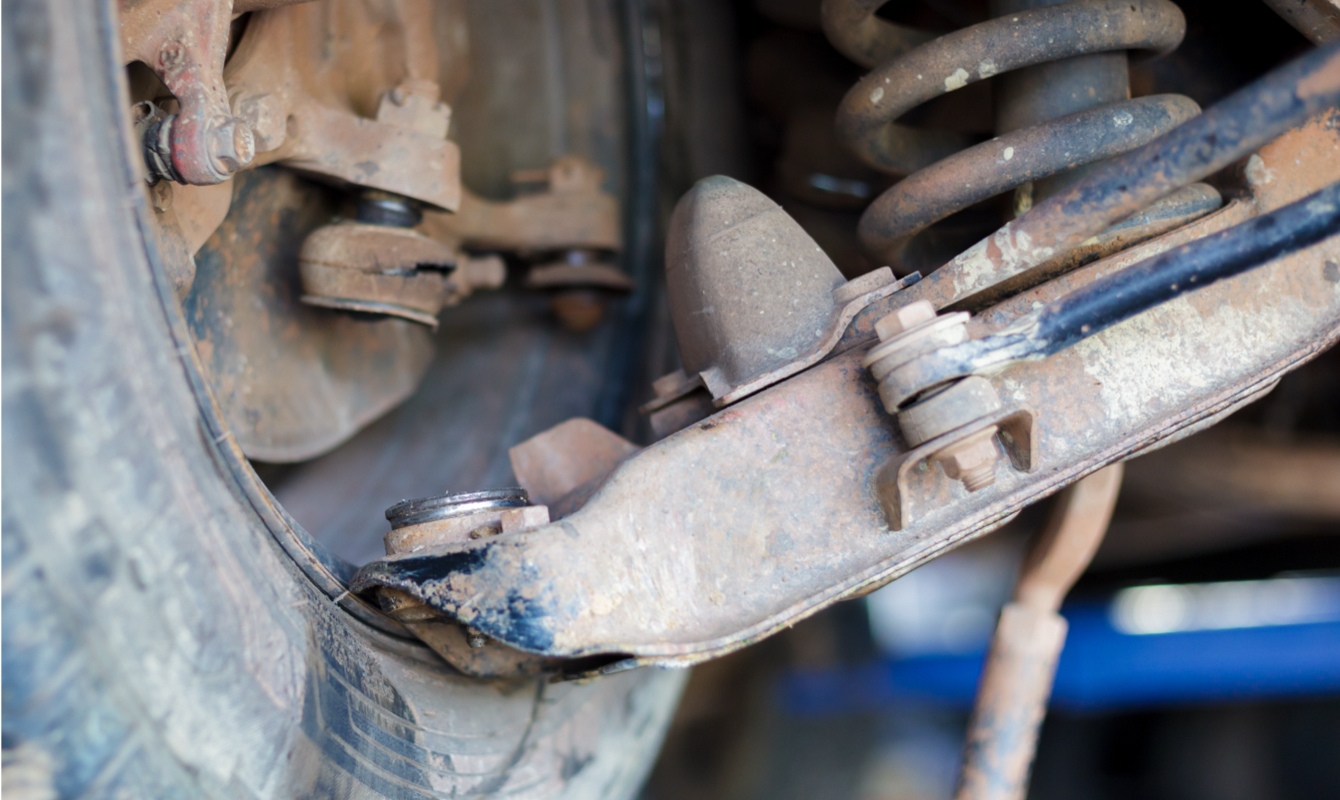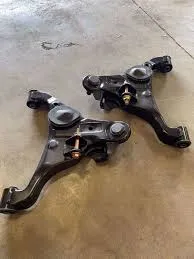
-
 Afrikaans
Afrikaans -
 Albanian
Albanian -
 Amharic
Amharic -
 Arabic
Arabic -
 Armenian
Armenian -
 Azerbaijani
Azerbaijani -
 Basque
Basque -
 Belarusian
Belarusian -
 Bengali
Bengali -
 Bosnian
Bosnian -
 Bulgarian
Bulgarian -
 Catalan
Catalan -
 Cebuano
Cebuano -
 Corsican
Corsican -
 Croatian
Croatian -
 Czech
Czech -
 Danish
Danish -
 Dutch
Dutch -
 English
English -
 Esperanto
Esperanto -
 Estonian
Estonian -
 Finnish
Finnish -
 French
French -
 Frisian
Frisian -
 Galician
Galician -
 Georgian
Georgian -
 German
German -
 Greek
Greek -
 Gujarati
Gujarati -
 Haitian Creole
Haitian Creole -
 hausa
hausa -
 hawaiian
hawaiian -
 Hebrew
Hebrew -
 Hindi
Hindi -
 Miao
Miao -
 Hungarian
Hungarian -
 Icelandic
Icelandic -
 igbo
igbo -
 Indonesian
Indonesian -
 irish
irish -
 Italian
Italian -
 Japanese
Japanese -
 Javanese
Javanese -
 Kannada
Kannada -
 kazakh
kazakh -
 Khmer
Khmer -
 Rwandese
Rwandese -
 Korean
Korean -
 Kurdish
Kurdish -
 Kyrgyz
Kyrgyz -
 Lao
Lao -
 Latin
Latin -
 Latvian
Latvian -
 Lithuanian
Lithuanian -
 Luxembourgish
Luxembourgish -
 Macedonian
Macedonian -
 Malgashi
Malgashi -
 Malay
Malay -
 Malayalam
Malayalam -
 Maltese
Maltese -
 Maori
Maori -
 Marathi
Marathi -
 Mongolian
Mongolian -
 Myanmar
Myanmar -
 Nepali
Nepali -
 Norwegian
Norwegian -
 Norwegian
Norwegian -
 Occitan
Occitan -
 Pashto
Pashto -
 Persian
Persian -
 Polish
Polish -
 Portuguese
Portuguese -
 Punjabi
Punjabi -
 Romanian
Romanian -
 Russian
Russian -
 Samoan
Samoan -
 Scottish Gaelic
Scottish Gaelic -
 Serbian
Serbian -
 Sesotho
Sesotho -
 Shona
Shona -
 Sindhi
Sindhi -
 Sinhala
Sinhala -
 Slovak
Slovak -
 Slovenian
Slovenian -
 Somali
Somali -
 Spanish
Spanish -
 Sundanese
Sundanese -
 Swahili
Swahili -
 Swedish
Swedish -
 Tagalog
Tagalog -
 Tajik
Tajik -
 Tamil
Tamil -
 Tatar
Tatar -
 Telugu
Telugu -
 Thai
Thai -
 Turkish
Turkish -
 Turkmen
Turkmen -
 Ukrainian
Ukrainian -
 Urdu
Urdu -
 Uighur
Uighur -
 Uzbek
Uzbek -
 Vietnamese
Vietnamese -
 Welsh
Welsh -
 Bantu
Bantu -
 Yiddish
Yiddish -
 Yoruba
Yoruba -
 Zulu
Zulu
What Does a Control Arm Do?
Critical to the ride, handling and steering of your vehicle, control arms are an important part of the steering & suspension system. Made up of a body, ball joint and bushing, the control arm connects to the vehicle frame with the bushing and attaches to the wheel via the ball joint. Control arms allow the wheels to move up and down to maintain contact with the road, this is key to ensuring that the vehicle moves smoothly while turning and travelling on the road.
Control arms can be found on each side of the front of the vehicle, with many vehicles having an upper and lower control arm. Having two connection points ensure stability and balanced wheel control. The upper control arm connects to the uppermost area of the front wheel and the lower control arm connects to the lower most area of the front wheel, with both arms then attaching to the frame of the car. If you have independent rear suspension, the design is similar.

How Long Do Control Arms Last?
Control arms are designed for long life. Where and how you drive can have an impact on the lifespan of your control arms. To ensure that the control arms on your vehicle deliver a high level of performance, have them inspected any time suspension maintenance is performed.
What Can Cause Damage to a Control Arm?
While control arms can fail from standard wear and tear, many times the cause is from a sudden impact or environmental conditions. Damage to the control arm can happen to the body, ball joint or bushings.
Impacts
Hitting a pothole, road hazard, curb can cause a control arm to be damaged.
Corrosion
Exposure from road salt or the elements can cause control arms to rust and corrode.
Suitable For Toyota Crown Under Track Control Arm 48640-0n010,43620-0n010
Symptoms of a Bad Control Arm
Noise from Front End
A clunking noise coming from the front of the vehicle when going over bumps, potholes or other road hazards can be a sign of a bad control arm. The clunking sounds is typically caused by the bushing hitting between the frame and the control arm. The noise can happen while accelerating, decelerating or steering.
Unstable Steering
If your steering doesn’t feel as responsive as it has been or you notice your vehicle is wandering, pulling to one side or problems with not tracking straight, it can be a symptom of a bad control arm. A worn bushing can be the reason you’re making more corrections, it can be a symptom of a bad control arm.
Uneven Tire Wear
Excessive wear toward the inner or outer edges of the tread can be a sign of a bad control arm. If you notice premature tire wear, don’t just replace the tires, find the cause of the tire wear.
Excessive Steering Wheel Vibration
A failing control arm can cause a continuous vibration that can be felt through the steering wheel. Changes in speed can cause the vibration to fluctuate. Worn bushings often causes wheel shimmy.
Rough Ride
If the control arms are going bad, they no longer have the ability to reduce the impact of the impact of driving over a bump, resulting in a bumpier ride.
Can You Drive with a Damaged Control Arm?
If you suspect that you have a faulty control arm or any other issue with your steering & suspension system, you should have your vehicle checked out by your auto technician.

Learn more about premium steering and suspension parts, find your car part, or find where to buy your auto part today.
-

 Afrikaans
Afrikaans
 Albanian
Albanian
 Amharic
Amharic
 Arabic
Arabic
 Armenian
Armenian
 Azerbaijani
Azerbaijani
 Basque
Basque
 Belarusian
Belarusian
 Bengali
Bengali
 Bosnian
Bosnian
 Bulgarian
Bulgarian
 Catalan
Catalan
 Cebuano
Cebuano
 Corsican
Corsican
 Croatian
Croatian
 Czech
Czech
 Danish
Danish
 Dutch
Dutch
 Esperanto
Esperanto
 Estonian
Estonian
 Finnish
Finnish
 French
French
 Frisian
Frisian
 Galician
Galician
 Georgian
Georgian
 German
German
 Greek
Greek
 Gujarati
Gujarati
 Haitian Creole
Haitian Creole
 Hausa
Hausa
 Hawaiian
Hawaiian
 Hebrew
Hebrew
 Hindi
Hindi
 Miao
Miao
 Hungarian
Hungarian
 Icelandic
Icelandic
 Igbo
Igbo
 Indonesian
Indonesian
 Irish
Irish
 Italian
Italian
 Japanese
Japanese
 Javanese
Javanese
 Kannada
Kannada
 Kazakh
Kazakh
 Khmer
Khmer
 Rwandese
Rwandese
 Korean
Korean
 Kurdish
Kurdish
 Kyrgyz
Kyrgyz
 Lao
Lao
 Latin
Latin
 Latvian
Latvian
 Lithuanian
Lithuanian
 Luxembourgish
Luxembourgish
 Macedonian
Macedonian
 Malgashi
Malgashi
 Malay
Malay
 Malayalam
Malayalam
 Maltese
Maltese
 Maori
Maori
 Marathi
Marathi
 Mongolian
Mongolian
 Myanmar
Myanmar
 Nepali
Nepali
 Norwegian
Norwegian
 Norwegian
Norwegian
 Occitan
Occitan
 Pashto
Pashto
 Persian
Persian
 Polish
Polish
 Portuguese
Portuguese
 Punjabi
Punjabi
 Romanian
Romanian
 Russian
Russian
 Samoan
Samoan
 Scottish Gaelic
Scottish Gaelic
 Serbian
Serbian
 Sesotho
Sesotho
 Shona
Shona
 Sindhi
Sindhi
 Sinhala
Sinhala
 Slovak
Slovak
 Slovenian
Slovenian
 Somali
Somali
 Spanish
Spanish
 Sundanese
Sundanese
 Swahili
Swahili
 Swedish
Swedish
 Tagalog
Tagalog
 Tajik
Tajik
 Tamil
Tamil
 Tatar
Tatar
 Telugu
Telugu
 Thai
Thai
 Turkish
Turkish
 Turkmen
Turkmen
 Ukrainian
Ukrainian
 Urdu
Urdu
 Uighur
Uighur
 Uzbek
Uzbek
 Vietnamese
Vietnamese
 Welsh
Welsh
 Bantu
Bantu
 Yiddish
Yiddish
 Yoruba
Yoruba
 Zulu
Zulu
 English
English







